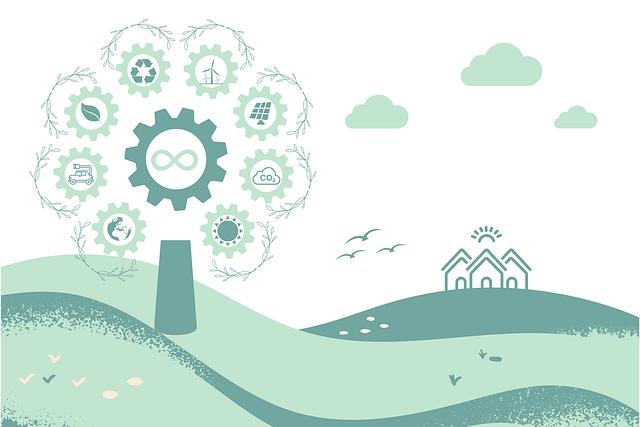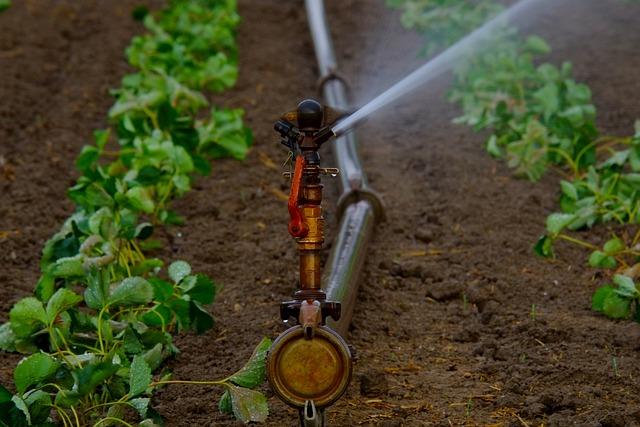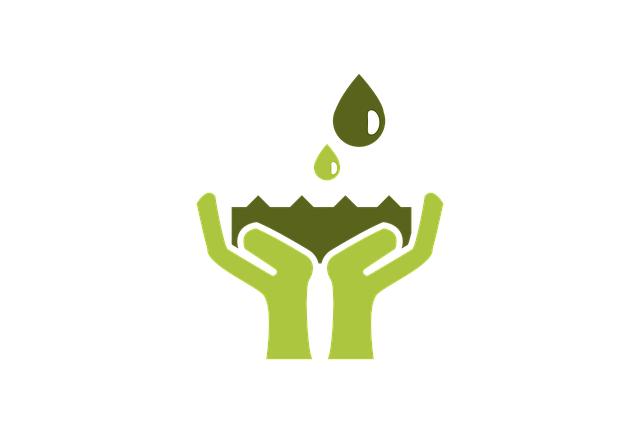- Introduction
- Sustainable Landscaping and its Benefits
- GreenScape Technologies and Innovations
- Designing an Eco-Friendly Garden with GreenScape
- The Growth of the GreenScape Business
- Conclusion
- FAQs
Introduction
GreenScape is transforming landscape design through sustainability, technological advancements, and a focus on eco-friendly practices. This article will explore the multifaceted aspects of GreenScape, including sustainable landscaping, innovative GreenScape technologies, and how to design an eco-friendly garden. Additionally, the growth of the GreenScape industry will also be discussed, highlighting its increasing role in shaping the future of sustainable outdoor spaces.
From lowering water consumption in your garden to integrating smart technology for greener spaces, you’ll learn how GreenScape is leading the way in responsible and aesthetically pleasing landscape designs. We will unpack each of these points in detail below.
Sustainable Landscaping and its Benefits

(Image: Pixabay/@RosZie)
Sustainable landscaping is the foundation of GreenScape. It focuses on creating functional outdoor spaces that minimize environmental impact while enhancing the beauty of the area. One of the key elements of sustainable landscaping is water conservation. By using native plants, which require less water and maintenance than exotic species, homeowners and businesses alike can reduce their water usage significantly.
Additionally, sustainable landscaping helps preserve local biodiversity. Native plants provide homes and food for local wildlife, which contributes to a healthier ecosystem. Another important consideration is soil health. Sustainable designs incorporate mulch and compost to maintain good soil quality, cutting back on the need for chemical fertilizers.
Lastly, energy efficiency is another core feature of sustainable landscapes. Thoughtfully placed trees and shrubs can provide shade and wind barriers, reducing cooling and heating costs for nearby buildings. These practices culminate in more natural, functional spaces that benefit people and the planet.
GreenScape Technologies and Innovations

(Image: Pixabay/@music4life)
The world of landscaping is being revolutionized, thanks to rapidly evolving GreenScape technologies. Smart irrigation systems, for instance, are one key innovation designed to reduce unnecessary water use. These systems gather data from weather sensors and soil moisture detectors to prevent overwatering and ensure plants receive only as much water as they need.
Another groundbreaking advancement comes in the form of vertical landscaping. This technique allows gardeners to green urban areas with limited space by growing plants on vertical structures like walls. Vertical gardens help absorb CO2, improving air quality in cities while also serving as insulation for buildings. Like traditional gardens, they contribute to energy efficiency by keeping indoor spaces cooler during summer and warmer during winter.
Green roofing and permeable pavements are other notable innovations. Green roofs utilize plant cover to insulate buildings below, reduce stormwater runoff, and offer habitats for wildlife. Permeable pavements, on the other hand, allow rainwater to seep into the ground, replicating natural water retention systems and easing the burden on city drainage systems.
Designing an Eco-Friendly Garden with GreenScape

(Image: Pixabay/@kreatikar)
When designing an eco-friendly garden, the principles of GreenScape can act as the perfect guide. The first step is choosing native or drought-tolerant plants, which are easier to maintain and place lower demands on water resources. Tactics like grouping plants with similar water needs together, a practice known as hydro-zoning, can also optimize irrigation efforts.
Composting is another strategy that aligns with GreenScape’s eco-friendly approach. By recycling organic waste such as leaves, grass clippings, and kitchen scraps, homeowners create nutrient-rich compost that improves soil structure and supports healthy plant growth. This eliminates reliance on harmful chemical fertilizers, which could contaminate water supplies.
Further, consider using solar-powered garden lights and other sustainable materials like recycled wood to reduce the carbon footprint of the garden. Finally, water features such as rain gardens and cisterns can help capture and filter stormwater runoff, creating functional and aesthetically pleasing elements within the space.
The Growth of the GreenScape Business

(Image: Pixabay/@Mohamed_hassan)
As environmental awareness continues to grow, so does the demand for GreenScape services in the landscaping industry. GreenScape principles are becoming a key selling point for both residential and commercial projects seeking sustainable solutions. Many landscaping professionals are now incorporating GreenScape into their service offerings, which include climate-friendly planting choices, smart irrigation solutions, and sustainable maintenance practices.
This growth is seen globally, as municipalities increasingly adopt urban greenery programs and property developers seek out environmentally friendly solutions for their projects. Not only is this better for the environment, but it can also save property owners money in the long term, thanks to reduced utility bills and maintenance costs.
A global push toward sustainable development goals has further boosted GreenScape's prominence in urban planning. From public parks to private residences, individuals and companies are recognizing that well-maintained green spaces enrich communities by providing areas for recreation and relaxation, all while contributing to local ecosystems.
Conclusion
GreenScape is revolutionizing modern landscaping with its stress on sustainability, technology integration, and ecological mindfulness. Whether it's reducing water use with smart irrigation, capturing stormwater naturally, or fostering local wildlife through native plants, GreenScape offers a pathway toward more responsible outdoor environments.
The rising trend toward GreenScape shows no signs of slowing down. As more people and industries acknowledge the interconnectedness of healthy landscapes and a healthier planet, initiatives like GreenScape will continue to play a pivotal role in shaping outdoor spaces for years to come. By adopting these principles in your own garden, business, or community, you not only benefit yourself but also contribute to the long-term well-being of our planet.
FAQs
What is GreenScape?
GreenScape refers to sustainable landscaping practices focused on reducing environmental impacts and promoting ecological health in outdoor spaces through the use of new technology and plant selection strategies.
How can I make my garden more eco-friendly with GreenScape principles?
Start by introducing native plants and using smart irrigation systems. Composting organic waste and incorporating sustainable materials like recycled wood for garden structures can further enhance your garden's eco-friendliness.
Are GreenScape technologies expensive to implement?
While some GreenScape technologies may have an initial cost, such as smart irrigation systems, most provide cost savings in the long run through lower water bills and decreased maintenance costs.
Is GreenScape suitable for urban environments?
Yes! Vertical gardens, green roofs, and permeable pavements are ideal GreenScape solutions for urban environments where space constraints and environmental concerns are high priorities.
Can GreenScape help conserve water?
Definitely. Through the use of water-efficient irrigation, native plants, and stormwater management systems, GreenScape aims to greatly reduce water wastage in landscape designs.

